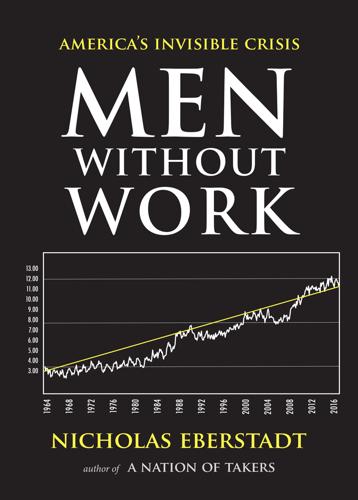
Men Without Work
by
Nicholas Eberstadt
Published 4 Sep 2016
Printed in the United States of America 16 17 18 19 20 10 9 8 7 6 5 4 3 2 1 For Christopher C. Demuth Sr. Mentor, Colleague, Friend Contents Acknowledgments Introduction PART 1: Men Without Work 1:The Collapse of Work in the Second Gilded Age 2:Hiding in Plain Sight: An Army of Jobless Men, Lost in an Overlooked Depression 3:Postwar America’s Great Male Flight from Work 4:America’s Great Male Flight from Work in Historical and International Perspective 5:Who Is He? A Statistical Portrait of the Un-Working American Man 6:Idle Hands: Time Use, Social Participation, and the Male Flight from Work 7:Long-Term Structural Forces and the Decline of Work for American Men 8:Dependence, Disability, and Living Standards for Un-Working Men 9:Criminality and the Decline of Work for American Men 10:What Is to Be Done?
…
That catastrophe is the collapse of work—for men. In the half century between 1965 and 2015, work rates for the American male spiraled relentlessly downward, and an ominous migration commenced: a “flight from work,” in which ever-growing numbers of working-age men exited the labor force altogether. America is now home to an immense army of jobless men no longer even looking for work—more than seven million alone between the ages of twenty-five and fifty-five, the traditional prime of working life. The collapse of work for America’s men is arguably a crisis for our nation—but it is a largely invisible crisis. It is almost never discussed in the public square.
…
Alas, adjustments for changes in the postwar population structure do not come close to “correcting away” the collapse in male work rates. Even after appropriate corrections, work rates for U.S. men have still undergone a stunning decline. I shall detail the particulars of this sad saga in the following pages. CHAPTER 2 Hiding in Plain Sight: An Army of Jobless Men, Lost in an Overlooked Depression MUCH CURRENT ANALYSIS of labor market conditions paints a cautiously optimistic—even unabashedly positive—picture of job trends. But easily accessible data demonstrate that we are, in reality, living through an extended period of extraordinary, Great Depression-scale underutilization of male manpower, and this severe “work deficit” for men has gradually worsened over time.

When Work Disappears: The World of the New Urban Poor
by
William Julius Wilson
Published 1 Jan 1996
Data from the UPFLS survey show that variables measuring differences in social context (neighborhoods, social networks, and households) accounted for substantially more of the gap in the employment rates of black and Mexican men than did variables measuring individual attitudes. Also, data from the survey reveal that jobless black men have a lower “reservation wage” than the jobless men in the other ethnic groups. They were willing to work for less than $6.00 per hour, whereas Mexican and Puerto Rican jobless men expected $6.20 and $7.20, respectively, as a condition for working; white men, on the other hand, expected over $9.00 per hour. This would appear to cast some doubt on the characterization of black inner-city men as wanting “something for nothing,” of holding out for high pay.

Evicted: Poverty and Profit in the American City
by
Matthew Desmond
Published 1 Mar 2016
“Man, they can get some hypes to do it for way less than that.” Lamar’s labor was cheap, but he knew there were better deals to be had. When the plumbing broke, the roof leaked, or rooms needed painting, savvy inner-city landlords did not phone plumbers, roofers, or painters. They relied on two desperate and on-hand labor pools: tenants themselves and jobless men. New landlords would speak of “knowing a good plumber.” Experienced landlords would say they “had a guy.” Lamar knew that Sherrena “had people” and doubted that she would let him stay. He did the painting anyway, having no better option. Buck frowned and stared at the snow. “Nah, pops,” he said, disbelieving.
…
DuBois would have it, by a “psychological wage” that involved disparaging black people. See Black Reconstruction in America (Cleveland: Meridian Books, 1969 [1935]), 700. 11. The weight of the shame, sociologists have long thought, explained why many relationships fell apart in poor black neighborhoods. Especially for jobless men, the indignity of facing your family empty-handed built up to the point where abandonment became the lesser disgrace. To stay in a committed relationship was “to live with your failure, to be confronted by it day in and day out….In self-defense, the husband retreated to the streetcorner.” Most single mothers had no street-corner reprieve.

The Forgotten Man
by
Amity Shlaes
Published 25 Jun 2007
One of the state officers who did the best job was Frances Perkins, the industrial commissioner in New York. Perkins announced early in the year that joblessness in her state was “very serious”—worse than in fifteen years. Hoover’s labor department blithely told the country that things would normalize, but as Time would note in February 1930, “Communists stirred hungry, cold, jobless men and women to demonstrations which required no statistician to interpret.” Of the problems confronting the economy, the tariff threat seemed most urgent, and easiest to stop. There were disputes, but some said it was the heaviest tariff in American history. Yet Hoover egged the lawmakers on to complete the legislation.
…
Roosevelt’s talk had had an aspect of self-fulfilling prophecy: because the first New Deal had not succeeded, many in the country believed that the United States was actually becoming the society of social classes that Roosevelt now described in his speeches. And they responded accordingly. Whereas in the old America of the 1920s the sight of so many jobless men had provoked shock and alarm, now people accepted it, telling themselves that at least things were better than before. The same held for stock traders, who had stopped measuring success against the marker of 1929. People told themselves that the fact that the stock average was moving upward was the best they could hope for, even though it remained so far from the 1929 high.

Planet of Slums
by
Mike Davis
Published 1 Mar 2006
In reality, urban unemployment is estimated to be between 8 percent and 13 percent. An unusually high percentage of redundant workers are women because, according to journalist Pamela Yatsko, the bureau chief for the Far Eastern Economic Review, "the government estimated that laid-off women would be less of a security threat than jobless men." Former female industrial workers — welders, lathe operators, and shipbuilders — are now forced to hunt for low-paying service-sector jobs as maids, waitresses, nannies, or street vendors.65 Yet Mao's ex-heroes of history retain, for the most part, the privileges of official urban status and usually some security of tenure.
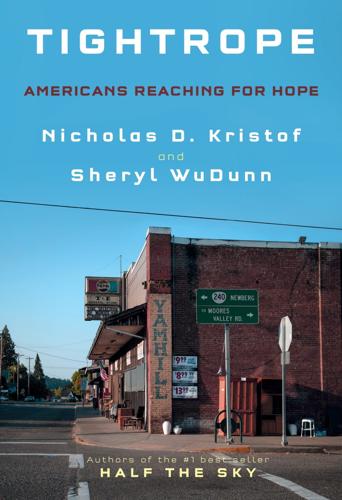
Tightrope: Americans Reaching for Hope
by
Nicholas D. Kristof
and
Sheryl Wudunn
Published 14 Jan 2020
The sociologist Michèle Lamont wrote in her book The Dignity of Working Men that working-class white men often define their value in terms of their disciplined lives going to work to support their families, thus taking pride in themselves. This was true of Tom Green. Because identity and self-esteem are closely tied to work, a poorly paying job may still be better for well-being than no job. In surveys, self-reported happiness drops ten times as much from a loss of a job as from a major loss of income. Long-term jobless men are three times as likely to be treated for depression as other men. Lack of employment is also associated with physical and mental-health problems, divorce, opioid use and suicide. The crucial gap on these metrics isn’t between rich workers and poor workers, but between poor people who have a job and poor folks who don’t.

Armed Humanitarians
by
Nathan Hodge
Published 1 Sep 2011
Lieutenant Katrina Lewison, a young West Point graduate from western Kansas and now a Black Hawk pilot, was one of the soldiers who unexpectedly found herself on a quasi-humanitarian mission. On paper, she was a platoon leader with the Sixth Battalion of the 101st Aviation; in practice, she was a construction boss, supervising a team of sixty Iraqi day laborers. Lewison’s career in the construction business began on Mosul’s unemployment line. Each day, hundreds of jobless men from Mosul would line up outside the front gate of the airfield where the helicopter unit was based. A minor local sheikh named Doctor Mohammed had presented himself to the division on the day it arrived in Mosul, sending out a handwritten note, in stilted English, that was hand-carried to the airfield by an elderly man.

Our Kids: The American Dream in Crisis
by
Robert D. Putnam
Published 10 Mar 2015
Eighty years (and several cultural revolutions) later, it’s still true that hard times deter and destroy marriages.50 On the other hand, in the 1930s the birth rate also fell sharply, and between 1920 and 1940 unwed births remained consistently low.51 In that era, men and women postponed procreation as well as matrimony. “No marriage license, no kids” was the cultural norm. Unlike today, desperately poor, jobless men in the 1930s did not have kids outside of marriage whom they then largely ignored. Today the role of father has become more voluntary, which means that, as Marcia Carlson and Paula England have put it, “only the most committed and financially stable men choose to embrace it.”52 This important cultural shift matters a good deal for the sorts of families within which poor kids today are raised.53 Could changes in public policy or political ideology have had the perverse effect of undermining the conventional two-parent family?

The Origins of the Urban Crisis
by
Sugrue, Thomas J.
Throughout the day contractors and construction workers drove past the clusters of workers hanging out on the Eight Mile Road sidewalks and chose one or two to join them on the job site.79 The sight of a casual labor market would have been familiar to anyone from the South, but was frowned upon by middle-class black residents of the area and by disapproving suburban whites who drove by. Local residents complained that traffic along Eight Mile backed up for blocks as employers checked out and selected day laborers. On slow days, jobless men loitered on the streets, leading one black community group to complain of “women, young and old being molested on the sidewalks, the usage of vile language,” and “gambling and drinking.” Despite community complaints, the police only sporadically arrested men for loitering, and courts were usually sympathetic to the claim that the men were looking for work.
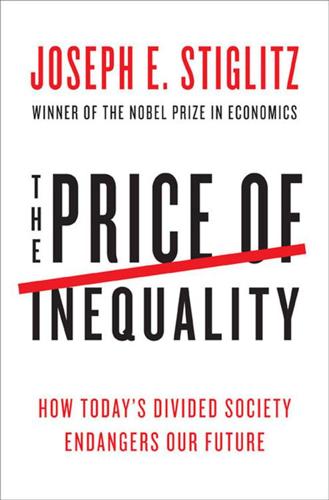
The Price of Inequality: How Today's Divided Society Endangers Our Future
by
Joseph E. Stiglitz
Published 10 Jun 2012
In each case elites feared they would lose their position of power and privilege, and even their wealth, if they extended the voting franchise. Many of the efforts at disenfranchisement, now and in the past, have been directed at disenfranchising the poor; in the 1930s, pauper exclusion laws disenfranchised jobless men and women who were receiving relief.30 The political science scholar Walter Dean Burnham has detailed the long history of what he calls efforts at voter “demobilization” targeted at various groups: against urban workers, by upstate agrarians and small towners; against leftist parties, by the major parties; against populists, by the urban corporate elites; against the poor, by the middle- and upper-income groups.31 Many of these measures may be thought of as disenfranchisement by stealth.
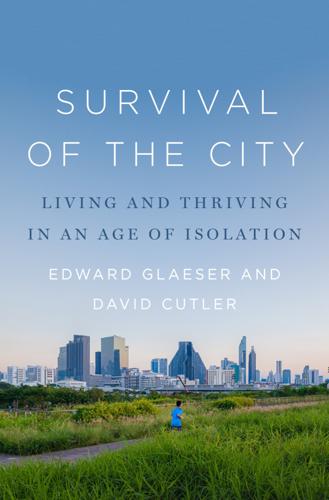
The Survival of the City: Human Flourishing in an Age of Isolation
by
Edward Glaeser
and
David Cutler
Published 14 Sep 2021
The problem is not so much material deprivation as social isolation and a sense of worthlessness. When purpose and social interaction vanish, humans often drift and can become dejected. Gender norms make the situation somewhat different for women. Even officially “nonworking” women do plenty of work, taking care of children and family members and volunteering in the community. Jobless men watch an average of five hours of television every day. The issues around women and work are too deep and important for us to address satisfactorily here, but we think it is unlikely that the majority of nonworking men will ever manage to make their lives joyful and productive. At the end of the day, there is simply no viable alternative to a strong service sector.
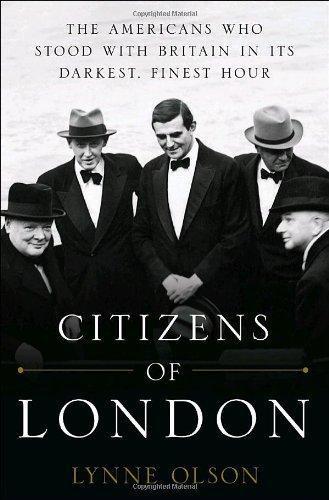
Citizens of London: The Americans Who Stood With Britain in Its Darkest, Finest Hour
by
Lynne Olson
Published 2 Feb 2010
Not infrequently, Winant would use his own money to pay a medical bill, cover an educational expense, or help start a business for an impoverished state resident or fellow World War I veteran who had asked for his help. During the Depression, he instructed the Concord police to allow transients to spend the night in the city jail, then feed them in the morning and send the bill to him. Walking to work, he would hand out all the money in his wallet to jobless men sunning themselves against the granite walls of the state capitol. Winant, said one friend, “carried the Christian injunction, ‘Give all thy goods to feed the poor,’ further than any person I have ever known.” When he left office in January 1935, Winant’s ideals and principles had won the endorsement of most of the state’s legislators, regardless of party.
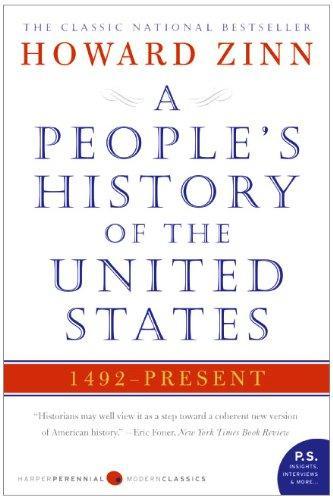
A People's History of the United States
by
Howard Zinn
Published 2 Jan 1977
Shouting that they must have food for themselves and their families, the invaders announced their intention to take it from the stores unless it were provided from some other source without cost. Detroit, July 9, 1931. An incipient riot by 500 unemployed men turned out of the city lodging house for lack of funds was quelled by police reserves in Cadillac Square tonight. . . . Indiana Harbor, Indiana, August 5, 1931. Fifteen hundred jobless men stormed the plant of the Fruit Growers Express Company here, demanding that they be given jobs to keep from starving. The company’s answer was to call the city police, who routed the jobless with menacing clubs. Boston, November 10, 1931. Twenty persons were treated for injuries, three were hurt so seriously that they may die, and dozens of others were nursing wounds from flying bottles, lead pipe, and stones after clashes between striking longshoremen and Negro strikebreakers along the Charlestown-East Boston waterfront.